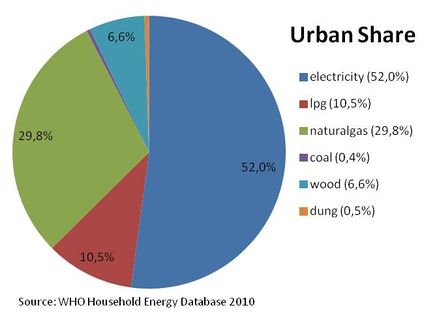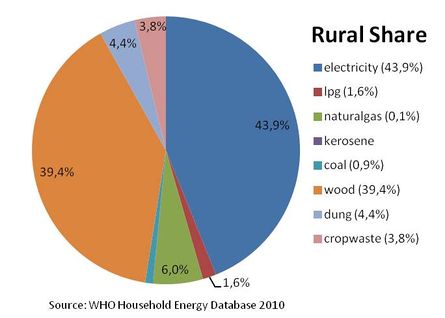Knowledge fuels change - Support energypedia!
For over 10 years, energypedia has been connecting energy experts around the world — helping them share knowledge, learn from each other, and accelerate the global energy transition.
Today, we ask for your support to keep this platform free and accessible to all.
Even a small contribution makes a big difference! If just 10–20% of our 60,000+ monthly visitors donated the equivalent of a cup of coffee — €5 — Energypedia would be fully funded for a whole year.
Is the knowledge you’ve gained through Energypedia this year worth €5 or more?
Your donation keeps the platform running, helps us create new knowledge products, and contributes directly to achieving SDG 7.
Thank you for your support, your donation, big or small, truly matters!
Tajikistan Energy Situation
Overview
| Tajikistan | |||
| |
| ||
|
Capital |
| ||
|
Official language(s) |
| ||
|
Government |
| ||
|
President |
| ||
|
Prime Minister |
| ||
|
Total area |
| ||
|
Population |
| ||
|
GDP (nominal) |
| ||
|
GDP Per capita |
| ||
|
Currency |
| ||
|
Time zone |
| ||
|
Calling code |
| ||
Environmental Situation
Climate
Mean temperature (°C min/max): 8.1 / 22.0 [1]
Resources
Pamir and Alay Mountains dominate landscape; western Fergana Valley in north, Kofarnihon
and Vakhsh Valleys in southwest [1]
Forest situation
Socioeconomical Situation
Income Sources
Energy Situation
Type your text here
Energy Supply
Type your text here
Electricity
About 90 % of electricity generating capacity is hydroelectric, but only an estimated 5% of its potential is in use. Tajikistan's rivers, have great hydropower potential, and the government has focused on attracting investments for projects for internal use and electricity exports.
Sources
Type your text here
Stability
Type your text here
Energy Consumption
Type your text here
National Level
Electricity
Household Level
Share of energy types on cooking energy in urban areas of Tajikistan.[2]
Share of energy types on cooking energy in urban areas of Tajikistan.[2]
Percentage of population using solid fuels as cooking energy. Solid fuels include charcoal, coal, cropwaste, dung and wood.
National: 21.5%, urban:<5%, rural: 34.5% [2]
Solid Fuel Use Impact on Health
Total annual deaths attributable to solid fuel use: 1600 persons
Percentage of national burden of diseases attributable to solid fuel use: 3.5%[3]
Access Rate
Electrification Rate
Type your text here
Renewable Energies
Application
Type your text here
Potentials
Solar Energy
Type your text here
Wind Energy
Type your text here
Biomass
Type your text here
Biogas
Type your text here
Hydro Power
Type your text here
Other renewable Sources
Type your text here
Key problems of the energy sector
Type your text here
Policy framework, laws and regulations
Type your text here
General Energy policy, Energy strategy
Type your text here
Important Laws and regulations
Type your text here
Specific strategies (Biomass, renewable energies, rural electrification, energy access strategy etc.)
Type your text here
Institutional set up in the energy sector
Type your text here
Governmental institutions Private sector (enterprises, NGOs)
Type your text here
Activities of other donors, activities of NGOs
Type your text here
Existing projects
Type your text here
Publications
Type your text here
External links
References





















